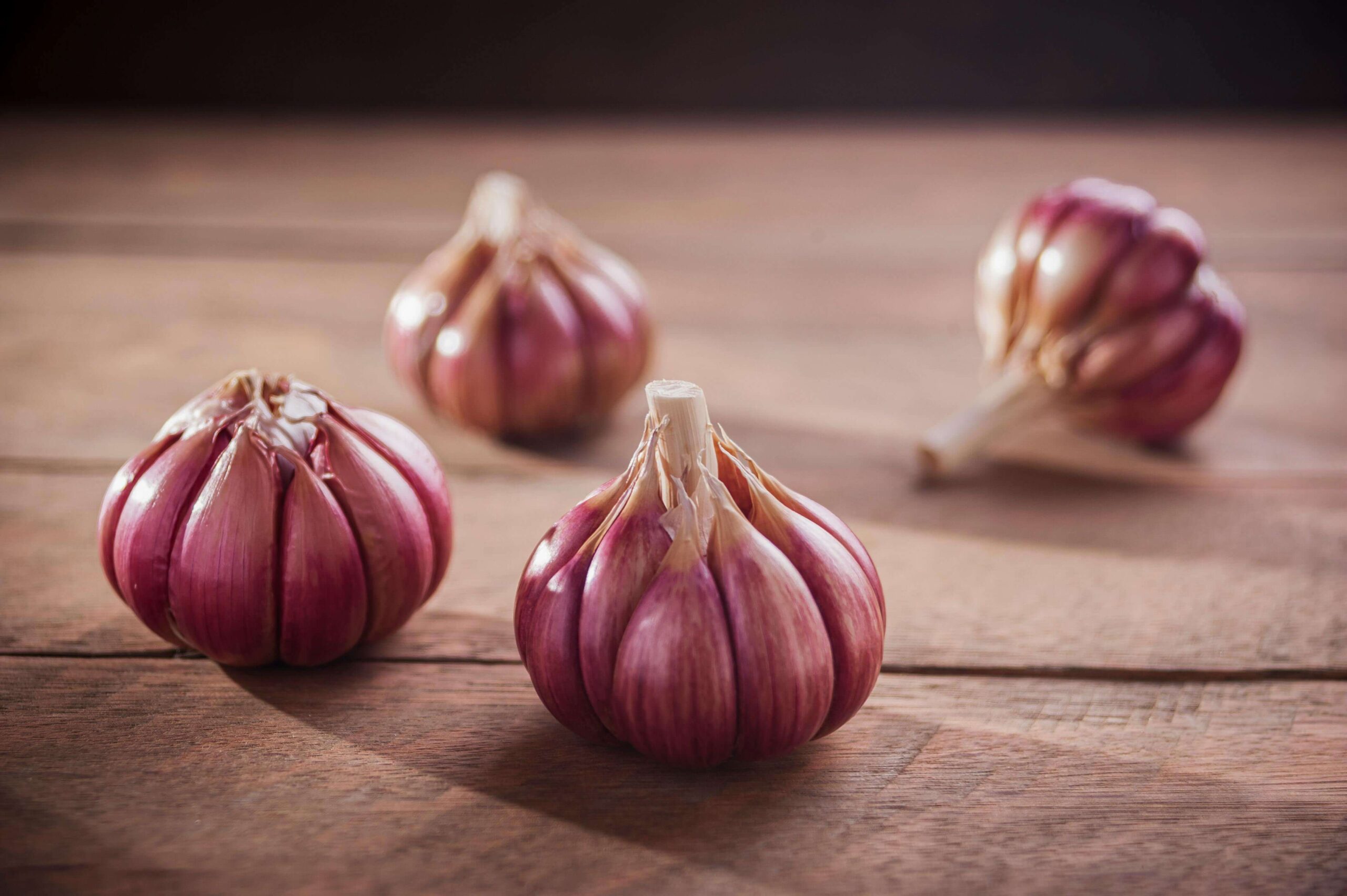
Storing food properly is essential not only for extending its shelf life but also for maintaining its nutritional quality and taste. Whether you’re preparing for an emergency, reducing food waste, or just looking to keep your groceries fresher for longer, understanding food storage basics can make a significant difference. This guide will walk you through essential food storage tips, techniques, and best practices to help you keep your food fresh and safe.
Food storage properly goes beyond convenience – it impacts your health, finances, and even the environment.
why food storage is essential?
Here are some of the main reasons why food storage is essential:
- Cuts Down on Food Waste
Almost one-third of all food produced globally ends up in the trash, making food waste a global problem. You can use up what you buy and waste less by using proper storage techniques, which greatly reduce food spoilage. By keeping your food fresh for longer, you can help conserve resources and reduce the amount of food ending up in landfills.
- Saves Money
When food goes bad, it’s like throwing away money. Extending the life of your food through effective storage means you spend less on groceries and get more value from each item. Simple practices like storing perishable items in the refrigerator, freezing meats and vegetables, and using airtight containers for dry goods can help prevent spoilage and unnecessary costs.
- Enhances Food Safety
By stopping the growth of dangerous bacteria, mold, and other pathogens, proper storage reduces the risk of foodborne illnesses. Foods that are exposed to air and moisture or left at incorrect temperatures can quickly become dangerous to consume. To stop bacteria from growing, perishable goods like meat and dairy should be stored in the freezer or refrigerator.
- Maintains Nutritious Value
Freshness is tied to nutritional content. Vitamins and minerals in fruits, vegetables, and meats degrade over time, especially when exposed to air, light, or high temperatures. Storing food correctly, especially in the refrigerator or freezer, helps preserve its nutrients, ensuring you get the most health benefits from your meals.
- Keeps Food Flavorful and Fresh
Freshness isn’t only about safety or nutrients; it’s also about taste. Foods that are stored well retain their flavor and texture, making meals more enjoyable. For example, leafy greens stored in high-humidity crisper drawers stay crunchy, while grains stored in airtight containers maintain their natural taste and aroma.
- Prepares for Emergencies
Food storage is an important aspect of preparedness for emergencies, natural disasters, or supply chain disruptions. Having a well-stocked pantry with non-perishable and properly stored foods can provide peace of mind, knowing you have essential supplies on hand if you can’t access fresh groceries.
Key Food Storage Principles
- Know Your Food Types Different foods require different storage techniques. Fresh produce, dairy, meat, grains, and canned goods each have unique storage needs.
- Temperature Control
-
- Room Temperature: Store dry goods like pasta, rice, canned goods, and grains at room temperature in a cool, dry place.
- Refrigeration: Most perishable foods, including dairy, eggs, meats, and fresh fruits and vegetables, should be refrigerated at 35–38°F (1.6–3.3°C).
- Freezing: Freezing at 0°F (-18°C) halts bacterial growth and is ideal for longer-term storage of meats, vegetables, fruits, and prepared meals.
- Control Humidity Levels
- High Humidity: Vegetables like leafy greens, carrots, and celery benefit from higher humidity levels in the fridge.
- Low Humidity: Fruits like apples, pears, and citrus fare better in lower humidity settings.
- Packaging Matters Proper containers can make a big difference. Airtight containers, glass jars, vacuum-sealed bags, and heavy-duty freezer bags help prevent spoilage, dehydration, and freezer burn.
- Label and Rotate Stock Label your items with the date they were stored, especially for freezer items, canned goods, and dried goods. Using the “first in, first out” principle will help you consume older items before newer ones.
Best Practices for Different Food Groups
Fresh Produce
- Leafy Greens: Store in a container with a paper towel to absorb excess moisture. Use within 5–7 days.
- Herbs: Handle as you would flowers; wrap them in moist paper towels or keep them upright in water.
- Fruits: The ethylene gas produced by bananas, apples, and pears can hasten the ripening process. Keep these away from produce that is sensitive to ethylene, such as lettuce, cucumbers, and berries.
Dairy and Eggs
- Milk and Yogurt: Store on a middle shelf in the fridge rather than in the door, where temperatures fluctuate.
- Cheese: Wrap in wax or parchment paper and store in a separate container to avoid excess moisture.
- Eggs: Keep eggs in their original carton in the refrigerator.
Meat and Fish
- Refrigeration: Keep raw meat on the bottom shelf to avoid any chance of cross-contamination.
- Freezing: To avoid freezer burn, wrap meats in plastic wrap first, followed by foil or a freezer bag. Use within four to twelve months.
Grains and Dry Goods
- Rice, pasta, and cereals should all be kept in an airtight container in a dry, cool pantry.
- Flour: Storing flour in the freezer can help extend its freshness, especially whole-grain varieties that contain natural oils.
Canned Goods
- Storage: Keep canned goods in a cool, dark pantry and check for signs of bulging or rust, which indicate spoilage.
- Rotation: Follow the “first in, first out” rule and use older items before newer ones.
Frozen Foods
- Freezing Tips: For items like berries or meat portions, spread them on a tray to freeze individually before transferring them to bags. This prevents clumping.
- Labeling: Label and date everything before it goes in the freezer to avoid guesswork.
Food Storage Safety Tips
- Know the Danger Zone: Bacteria thrive in temperatures between 40°F (4°C) and 140°F (60°C). Avoid keeping perishable foods within this range for extended periods.
- Don’t Refreeze Thawed Foods: Once food is thawed, avoid refreezing unless it’s been cooked, as this can encourage bacterial growth.
- Check Expiration Dates: While many expiration dates are conservative, they provide a general guideline for freshness.
Eco-Friendly Food Storage Tips
- Use Reusable Containers: Glass jars, stainless steel containers, and silicone bags are durable, reusable, and eco-friendly alternatives to single-use plastic bags.
- Wrap with Beeswax Wraps: These reusable wraps keep food fresh and can be molded to fit various shapes.
- Compost Spoiled Produce: If produce does spoil, composting helps reduce landfill waste and can improve soil in your garden.
Common Food Storage Mistakes to Avoid
- Overcrowding the Fridge: Proper air circulation helps maintain consistent temperatures.
- Leaving Food Unsealed: Open packaging can lead to dryness, flavor loss, and odor absorption.
- Not Checking the Freezer Temperature: Freezer burn is often due to an inadequate freezer setting. Keep it at 0°F (-18°C) or lower.Visit here for related post
Conclusion
Whether you’re stocking up for an emergency, preserving fresh produce, or simply extending your grocery budget, these food storage tips and best practices will help you maximize the freshness, safety, and flavor of your food. With proper organization, storage techniques, and attention to detail, you can reduce waste, save money, and create a well-stocked kitchen that serves your needs.







